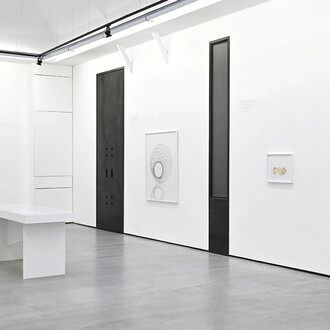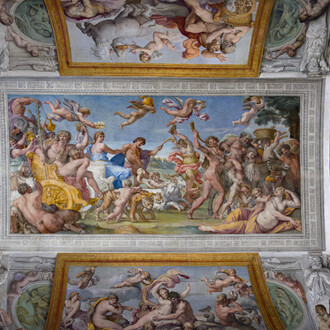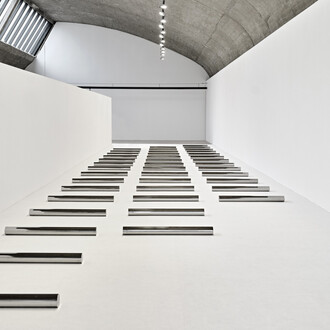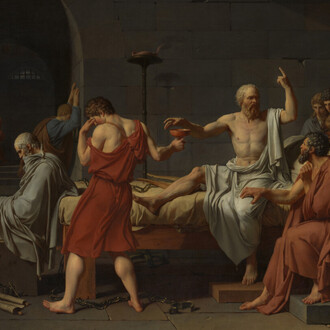Olga de Amaral is a contemporary artist well known into her country as into the internationally art scene. Her art is a hymn to our planet Earth and the natural elements that compose it. Rivers, gold and silver of the historic Eldorado are at the source of her textile works. Every single piece, meticulously worked, is a timeless echo to our traditions and civilizations worldwide.
The works brought together for the show Cortex de notre Terre exemplify the extraordinary combinations of texture, colors and volume which characterize the artist’s textile sculptures. Her three-dimensional compositions exhibit a total integration of structure and surface achieved through a long and delicate process based on traditional weaving techniques. Olga de Amaral uses wool, sisal, cotton, linen and other mediums in the same way man has done for centuries. If the colours and shading produced by the contrasting tints are inspired by nature, the works remain equally rooted in geometric abstraction.
As for the gilded leaves typical of so many of Olga de Amaral’s pieces, the artist speaks of her intent to conjure the feeling of sacredness associated with her memories of colonial-era cathedrals in Colombia, a sensation not without a link to the veneration accorded to gold within pre-Colombian culture. As one can learn by visiting the Museo del Oro in Bogotá, the hardness and resistance of gilt metal enables a symbolic reference to eternal life. But for this artist, the use of gold inspires a subconscious remembrance, not unlike the impression one has upon entering a devotional space. In Yves Klein’s “Monogolds”, the precious metal has similarly served as a promise of eternity. But unlike the French artist who applied his gold leaf to hard surfaces, Olga de Amaral lays it onto the malleable structure of textiles, thereby obtaining a moving composition. A composition that looks like a photography embedded in our memory: the cortex of our Earth.
Olga de Amaral was born in 1932 in Bogotá. At the age of 22, she went to study in the United States and began to is interested in textiles. She became a teacher and lecturer at several universities in America, before returning to Colombia. She lives and works in Bogota. Some pieces have been acquired by the collections of some of the world most important museums (Met, MoMA, Museum of Modern Art of Kyoto, Chicago Art Institute, Museum of Modern Art of Paris...) A major retrospective co-organized by the Galerie Agnès Monplaisir will take place in 2018 at the Museum of Modern Art in the city of Rio de Janeiro, Brazil.












